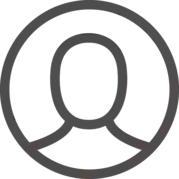Use a basic stitch, such as a running or whipstitch, to attach the patch to the fabric. Continue stitching around the edges of the patch, evenly spacing the stitches. To secure the patch firmly, pass the needle through the fabric and patch multiple times.
Mon-Fri 9am-6pm





